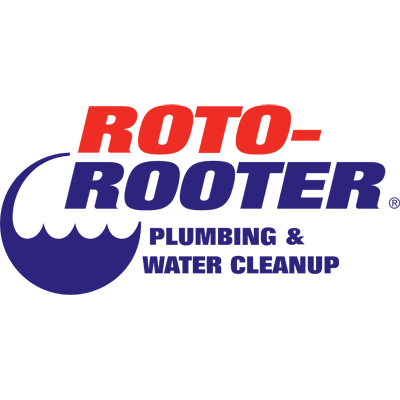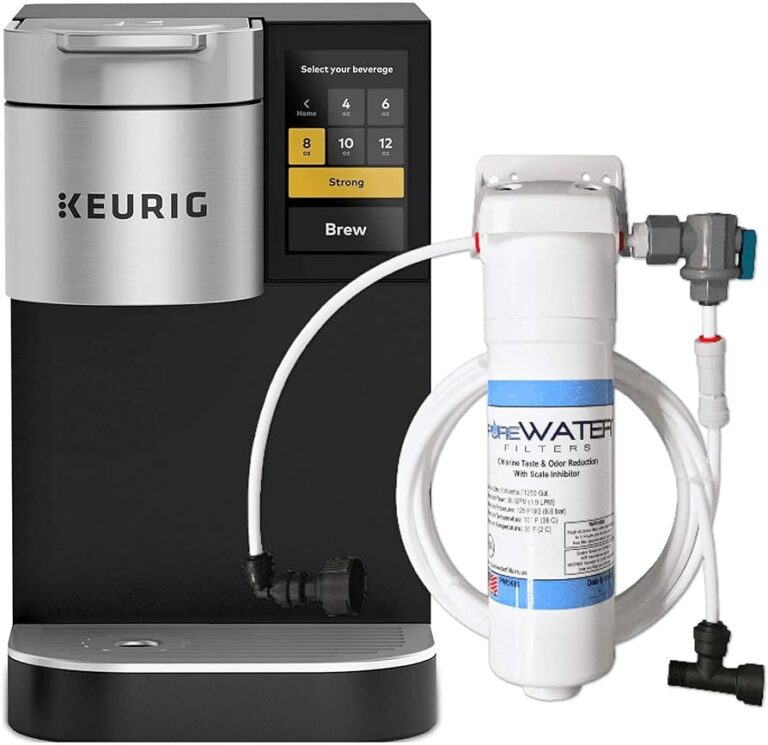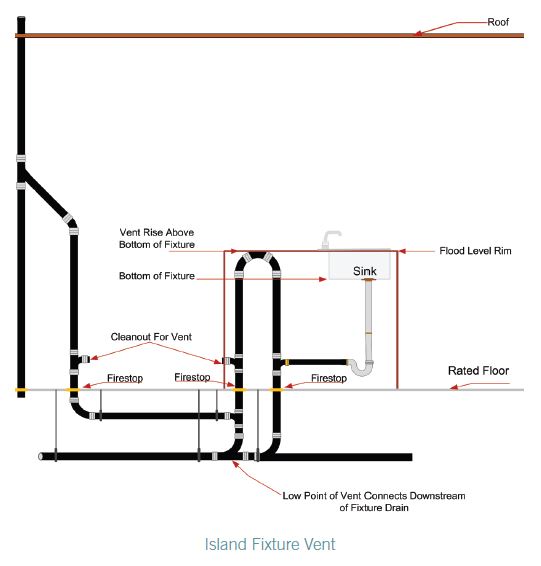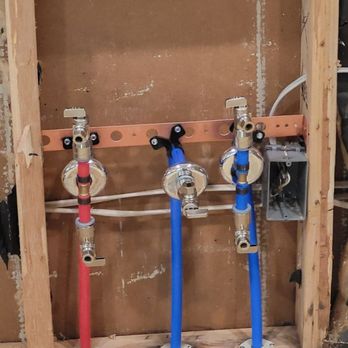What is the safest plumbing?
Are you concerned about the safety of your plumbing system? If so, you’re not alone. Choosing the right materials for your plumbing can make a significant difference in keeping your home safe and withstand the test of time. In this article, we will explore the question, “What is the safest plumbing?” and provide you with valuable insights to make an informed decision.
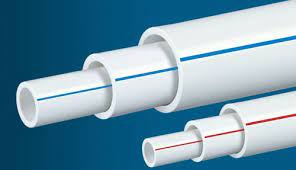
The importance of safe plumbing
Having safe plumbing is essential for the well-being of your home and family. A properly functioning plumbing system ensures access to clean water, prevents leaks and sewage backups, and reduces the risk of water damage and mold growth. It also plays a crucial role in maintaining the structural integrity of your property. Investing in safe plumbing not only protects your health and safety but also saves you from expensive repairs down the line.
Common safety hazards in plumbing
Before delving into the safest plumbing options, it’s important to understand the common safety hazards associated with plumbing systems. One of the most significant risks is water leakage, which can lead to property damage, structural issues, and mold growth. Another potential hazard is the presence of harmful substances in the water supply, such as lead or bacteria. Additionally, poor plumbing installation or maintenance practices can result in burst pipes, backflow contamination, and other emergencies.
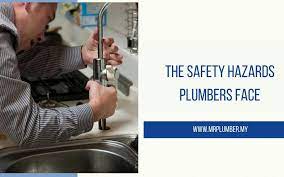
Types of plumbing materials and their safety ratings
When it comes to choosing plumbing materials, there are several options available, each with its own safety ratings. Copper pipes have long been considered a safe choice due to their durability and resistance to corrosion. They are also known for their ability to withstand high temperatures, making them suitable for both hot and cold water distribution. However, copper pipes can be expensive and may require skilled installation.
PEX (cross-linked polyethylene) pipes have gained popularity in recent years due to their flexibility, resistance to freezing, and ease of installation. PEX pipes are considered safe for potable water and have a lower risk of bursting compared to copper or PVC pipes. However, they may not be suitable for outdoor applications or exposure to direct sunlight.
PVC (polyvinyl chloride) pipes are commonly used for drainage and sewer systems. They are affordable, lightweight, and resistant to corrosion. However, PVC pipes may not be as durable as copper or PEX pipes and are more prone to cracking under extreme temperatures. It’s important to consider the intended use and environmental factors when choosing the right plumbing material for your needs.
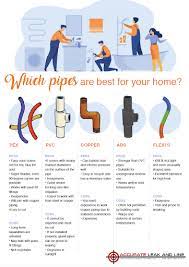
Choosing safe plumbing fixtures and appliances
In addition to selecting the right plumbing materials, it’s crucial to choose safe fixtures and appliances for your plumbing system. Look for products that meet industry standards and have the necessary certifications, such as the Water Sense label for water-efficient fixtures. Avoid using low-quality or counterfeit products, as they may pose safety risks and compromise the integrity of your plumbing system.
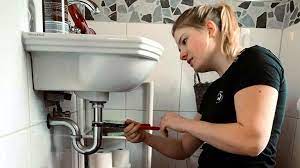
Safe plumbing installation practices
Proper installation is key to ensuring the safety and reliability of your plumbing system. It’s essential to hire a licensed and experienced plumber who follows industry standards and local building codes. A professional plumber will use the right tools and techniques to prevent leaks, ensure proper What is the safest plumbing?, and address any potential hazards. Regular inspections during the installation process can help identify and rectify any issues before they become major problems.
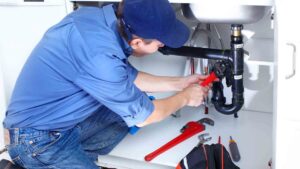
Regular maintenance for safe plumbing
To maintain the safety and longevity of your plumbing system, regular maintenance is crucial. This includes checking for leaks, inspecting pipes for signs of corrosion or damage, cleaning drains, and testing water pressure. It’s also important to flush the water heater regularly and replace any worn-out parts or fixtures. By staying proactive with maintenance, you can prevent small issues from escalating into costly repairs or emergencies.
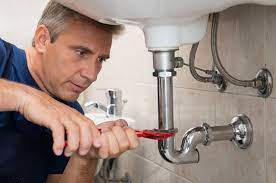
Signs of unsafe plumbing and when to call a professional
Being aware of the signs of unsafe plumbing can help you take prompt action and avoid potential hazards. Some common indicators include discolored water, fluctuating water pressure, foul odors, persistent leaks, and slow drains. If you notice any of these signs, it’s important to call a professional plumber to assess the situation and make necessary repairs. Ignoring these issues can lead to further damage and compromise the safety of your plumbing system.
Tips for preventing plumbing accidents and emergencies
While regular maintenance and professional assistance are essential, there are also steps you can take to prevent plumbing accidents and emergencies. Avoid pouring grease or chemicals down the drain, use drain filters to catch debris, and be mindful of what you flush down the toilet. Insulate exposed pipes in colder climates to prevent freezing, and know the location of your main water shut-off valve in case of emergencies. By practicing good habits and being proactive, you can minimize the risk of plumbing mishaps.
The role of regulations and certifications in safe plumbing
Regulations and certifications play a crucial role in ensuring the safety and quality of plumbing systems. Various organizations and government bodies establish standards that plumbing materials, fixtures, and appliances must meet. Look for products that carry certifications such as NSF, UPC, or ANSI, as these indicate compliance with industry standards. It’s also important to hire licensed plumbers who have undergone proper training and adhere to building codes and regulations.
FAQS for What is the safest plumbing?
Q1: What is the safest plumbing material for drinking water?
A1: Among common plumbing materials, copper and PEX (cross-linked polyethylene) are considered safe for drinking water. Both materials have been extensively tested and are approved for use in potable water systems.
Q2: Is PVC plumbing safe for drinking water?
A2: PVC (polyvinyl chloride) is generally considered safe for drinking water, but it’s important to use PVC pipes that meet relevant standards and regulations. PVC-U (unplasticized PVC) is commonly used for water supply lines.
Q3: Are lead pipes safe for plumbing?
A3: No, lead pipes are not considered safe for plumbing, especially for drinking water. Lead can leach into the water, posing significant health risks. If your home has lead pipes, they should be replaced.
Conclusion:
Investing in safe plumbing for peace of mind when it comes to the safety of your plumbing system, choosing the right materials, fixtures, and installation practices is crucial. Copper, PEX, and PVC are popular plumbing materials, each with its own safety attributes. Regular maintenance and prompt repairs are essential for preventing leaks and other issues. By following industry standards, practicing good habits, and hiring professionals, you can ensure the safety and longevity of your plumbing system. Investing in safe plumbing not only protects your home and family but also provides peace of mind knowing that your system is reliable and built to last. Remember, when it comes to plumbing, safety should always be a top priority.


